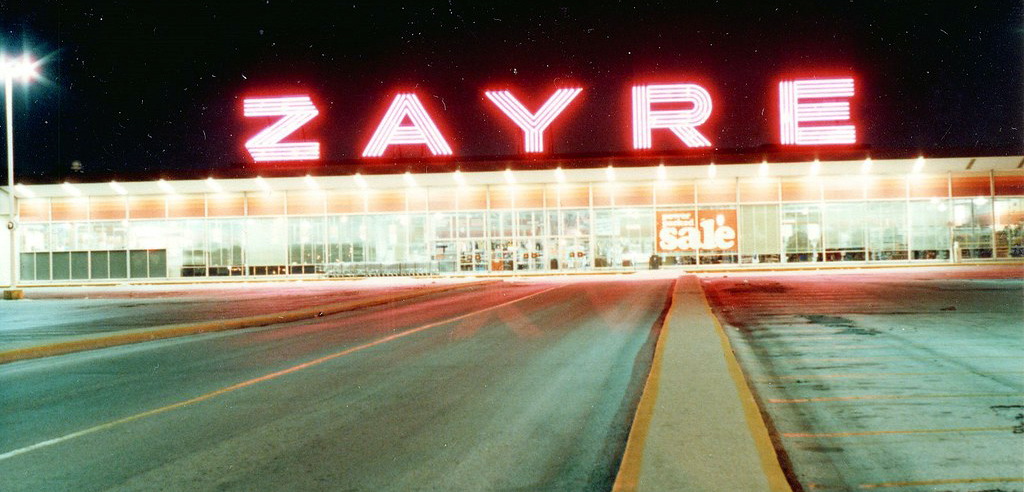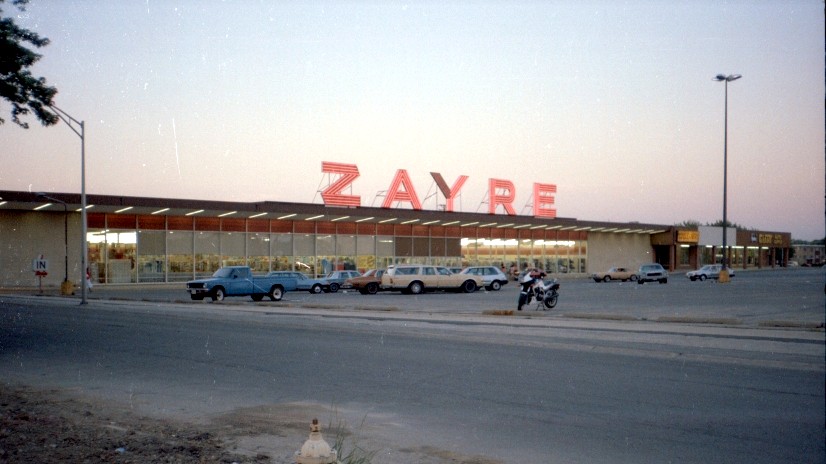The Story of Zayre Ascent and Decline as a Retail Giant
When Did Zayre Go Out of Business? Zayre is remembered in the annals of American retail history for being a trailblazer who transformed the nation’s shopping landscape. When Did Zayre Go Out of Business, which began in the 1950s and ended in the early 1990s, embodies the highs and lows of the retail sector and provides priceless insights for today’s market leaders.
The Ascent of Zayre and When Did Zayre Go Out of Business
When Zayre was established in 1956, its goal was to provide American families with value-oriented products. It was immediately distinguished by its unique approach to bargain retailing, which facilitated its swift growth throughout the United States. By the 1970s, Zayre had built a devoted following and was known for its reasonably priced clothing, household items, and miscellaneous merchandise.
Zayre’s greatest point of success

At its height, Zayre was more than simply a store—it was a symbol of culture that brought a generation’s definition of shopping to life. Leading the charge in the cheap retailing revolution, the store offered the newest merchandise and trends at prices that the typical consumer could afford. Its role in the retail industry was further cemented by its aggressive expansion and marketing techniques.
Obstacles and Rivalries
But in the 1980s, things started to change in the retail sector. New rivals with comparable or superior value offers surfaced. Significant obstacles that Zayre had to overcome included poor internal management and a slow response to changes in the market. The corporation began to struggle during this time as it attempted to stay profitable and relevant.
The Drop in Zayre
Zayre had financial difficulties all through the late 1980s. Rebranding and diversification initiatives were ineffective in halting the downward trend in sales and consumer interest. There was fierce rivalry during the big-box and specialty shop era, which inevitably brought to a slow but steady decrease.
The Termination of a Period
When Did Zayre Go Out of Business? When Ames Department Stores, Inc. purchased the company’s remaining locations in 1990, Zayres formally went out of business. With this, Zayre independent existence came to an end, ending an important chapter in the history of American retail. Numerous factors contributed to the collapse, such as poor financial management, fierce competition, and a failure to adjust to shifting customer habits.
Zayre Legacy
It is impossible to overstate Zayre influence on the retail sector, even after its collapse. It showed the possibilities of the discount shop model and cleared the way for upcoming cheap businesses. Numerous Zayre locations have been converted into different types of retail establishments, however they still provide services to communities all throughout the nation.
The Repercussions of Zayre
Though the Zayre brand was no longer in existence, its influence persisted because to TJX Companies, Inc., which was formed from Zayre non-retail endeavors. TJX, which runs popular retail stores including Marshalls and T.J. Maxx, embodies Zayres dedication to value and variety.
The Journey of Zayre Teachings
The tale of Zayre provides valuable lessons for modern retailers. Innovation, customer focus, and adaptability are essential for thriving in the ever changing retail environment. Zayres incapacity to quickly adjust to changes in the market emphasizes how crucial flexibility and foresight are to business.
In summary
Success in the retail industry is fleeting, as Zayre journey from innovator to memory serves as a sobering reminder. But because of the lessons it teaches and the effect it has on cheap retailing, its legacy lives on.
- What was Zayre? Zayre was a discount department store chain that operated in the United States from 1956 to 1990.
- Why did Zayre go out of business? Zayre went out of business due to financial difficulties, intense competition, and a failure to adapt to changing consumer preferences and market dynamics.
